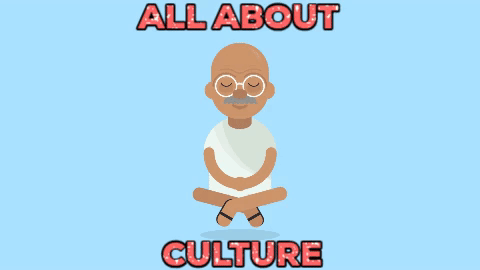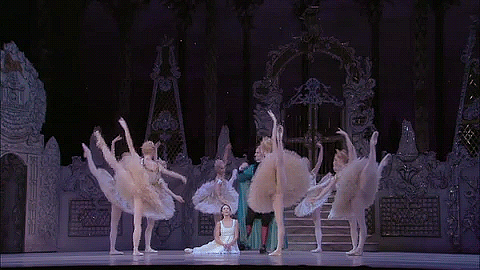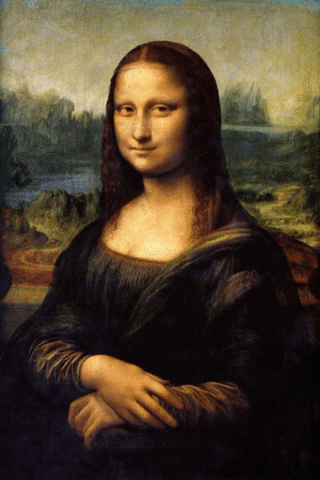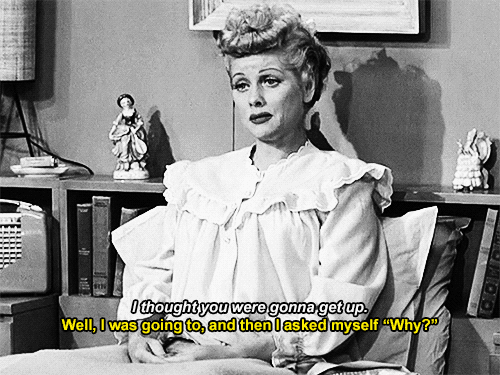Sociology Topic: What is Culture?

In this topic, we shall be looking at different conceptions of culture including subculture, mass culture, folk culture high and low culture and popular culture. Enjoy guys!

First off, What is the definition of Culture? And why is it important?
Culture refers to the language, beliefs, values and norms, customs, dress, diet, roles, knowledge and skills including all other things people learn that make up the ‘way of life’ of any society.
Culture is passed on from one generation through the next through socialization and it is through this very process that people are 'fitted' into the society in which they live. In this way, Culture is a form of a link between the individual and society.
There is a range of different aspects of culture within the concept of culture, such as subculture (dominant, folk, high, low, popular etc.)

Dominant Culture refers to;
The main culture within a society, shared or accepted without opposition by the majority.
(For example, those who are white and male having things they deem as worthwhile are more important than those who are female or from a minority ethnic group.)
Those rich and powerful are in a position to have their views of what is valuable in a culture regarded as more important, thus they are given a higher status than those of others.

Subculture refers to;
A small culture held by a group of people within the main culture of a society.
(Examples of subcultures; Irish travelers, Romani travelers, gay people, different social classes and minority ethnic groups.)
When societies become larger and more complicated, numerous smaller groups emerge, perhaps not simply different than that of the dominant culture in some ways, but also in opposition to it.
(Those subcultures in opposition to the dominant culture are referred to as counter cultures subcultures of resistance.)
An important example of this may be the subculture discovered by Paul Willis (1977). He had found an anti-school subculture in his study of a group of working-class lads, in which resistance to schooling and the culture of school was highly of importance.
Among younger south Africans and African Caribbeans, ethnic subcultures may be formed as a way of resisting racism and disadvantage. Hall and Jefferson saw particular youth subcultural styles (such as Teddy Boys, Mods, Skinheads and Punks) as forms of resistance to dominant culture.

Folk Culture refers to;
A culture created by local communities and is rooted in experiences, customs and beliefs of the everyday life of ordinary people.
It is authentic and created by ordinary people themselves.
It also involves active participation and involvement of people, rather than being something produced by others for passive consumption.
Some examples of Folk Culture are:
Folk Music, Folk songs, storytelling and folk dances passed on from generation to generation by socialization and often direct experience.
This culture is often associated with pre-industrial and early industrial societies, though still lingers on today among enthusiasts.

High Culture refers to;
A superior form of Culture. It is seen of lasting artistic or literary value and part of a heritage which is worth preserving.
High Culture products are found in special places, such as, museums, art galleries, concert halls and theatres. (serious news programs and documentaries, classical music like that of Mozart or Beethoven, the theatre, opera, ballet, jazz, foreign language and established literature such as Charles Dickens, Jane Austen, Shakespeare and visual art like Monet, Picasso or Van Gogh.)

Mass/Popular and Low Culture refers to;
A culture liked and enjoyed by ordinary people, worthy of study, and avoiding or rejecting the suggestion that it is somehow of an inferior quality than high culture.
It is important to note that the term ‘low’ culture is a derogatory term (critical, insulting) to describe popular culture suggesting mass culture is of an inferior quality to high culture of the elite.
Mass culture is a product of industrial societies. (commercially produced culture, spread on a wide scale throughout society and aimed at the mass of ordinary people, but lacks roots in daily experiences meaning folk culture.)
It is generally manufactured by businesses for profit rather than created by the community and reflecting experiences of daily life.
It is often produced for passive consumption rather than active involvement.
Postmodernist Strinati (1995) sees mass culture as popular culture involving cultural products produced for profit by mass-productions, industrial techniques, for sale to and consumption by the mass of ordinary people. These standardized products produced on a massive scale (generally short-lived) are regarded as inferior to high culture.
Rather than something ‘set apart’ or ‘special’, Mass culture is seen as consisting of trivial products (products with little value) set out there to appeal to as many people as possible demanding little critical thought, analysis or discussion, and are of no lasting artistic value.
Mass culture is everyday Popular culture (simple, undemanding, easy-to-understand entertainment.)
Often produced on global scale, appealing to millions across local communities and national divisions, with media spreading common mass culture across the globe.
Largely concerned with making money for large corporations, especially the media.
Popular culture includes magazines with intensive coverage of celebrities and lifestyles, tabloid newspapers (the ‘sun’ or ‘mirror’) television soap operas, reality tv shows, dramas, thrillers, video games, blockbuster feature films for the mass market, romances and thriller books and even websites and apps such as Facebook, Instagram, Snapchat etc.
This culture is seen as passive, often fairly mindless entertainment, aimed at as many people as possible.
In future posts, we shall discuss the evaluation of popular/mass culture and global culture!
Comments




